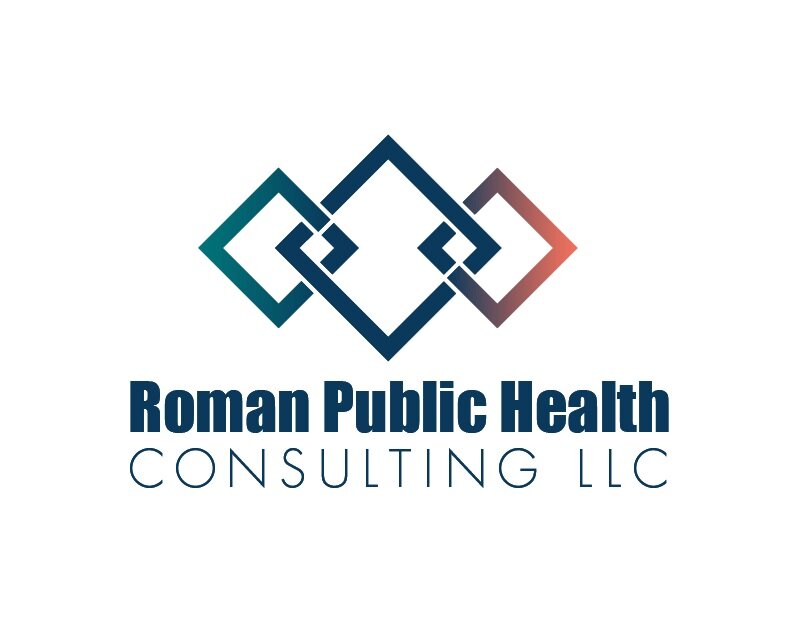Eight Easy Steps to Audit Your Public Health Consulting Website
When you are a consultant, your website is one of the most important ways you can connect to potential clients. Too often however, I see websites that are confusing and hard to navigate. So I challenge you to look at your website (whether it is existing or in development) and ask yourself:
1. Is it clear what you do?
In the first 5-10 seconds on your site, I should be able to easily tell what you do and who you do it for.
Over the past six years, at least 100 people have asked me: “What does a public health consultant do?” So I’m here to tell you that it is not enough just to write that you are a consultant!
Break down exactly what you do without using public health jargon. Make it easy for site visitors to know if they are in the right place (i.e., that they are your ideal client). Of course you will discuss what you do in more detail under your services section, but I shouldn’t have to read that whole page before I understand what you do.
I really like the tag line on the Business Boutique website and products: “Equipping women to make money doing what they love.” Right away you know what they do and who they do it for.
2. Is it clear who you are?
According to Jenna Kutcher, the “About Me” section is the most visited page on any website.
I recommend striking a balance of academic/professional credentials and being a real and relatable person. The perfect balance will depend on who your ideal client is (e.g., for certain types of clients, it may be important to have every one of your credentials listed up front). I have seen both ends of the spectrum on consulting websites:
Consultants who only focus on the relatable piece (e.g. their love of hiking), but I can’t figure out what makes them qualified for the consulting job.
Consultants who only list their professional credentials- and while it’s great that they have lots of letters after their name, they unfortunately sound like a robot.
3. Is it clear what you want visitors to do?
What do you want visitors to do on your site? In other words: what is the call to action? Do you want them to:
Sign up for your newsletter
Purchase a product or service
Download a free resource
Book a free consultation call
Follow you on social media
Fill out an inquiry form
All of the above?
Whatever it is- make sure the call to action AND steps to take are clear. I can’t even tell you how many times I’ve needed to hunt for 10+ minutes to find someone’s contact information.
4. Is it clear (to you) that your website is “effective”?
“Effective” will mean different things to different people- it depends on what you hope to achieve with your website. You need to set up website analytics that capture numbers that are important to you and your business. For example:
How many website visitors sign up for your newsletter?
How many website visitors become paying clients?
Whitney Bateson, MPH, RD has a wonderful post on measuring the effectiveness of your website.
5. Is it clear that you blog or post consistently?
I often say that an abandoned or outdated blog is worse than no blog at all. It is not unusual for me to visit sites which include a tab for a blog- and the author hasn’t written anything in over a year.
Of course, you don’t have to throw out valuable past blog posts, but I’d write an updated message to visitors directing them to your new content (e.g., now you can find me on Instagram @Username, etc.)
If your blog is still active, but you write infrequently- say so. That way it doesn’t look abandoned. For example, “Welcome to the XYZ Public Health Blog, new posts are available monthly.”
6. Is it clear that you’ve thought about usability?
Is the website easy to navigate? Can visitors scan and find information quickly without reading huge paragraphs of information? Does the site look good on both desktop and mobile?
7. Is it clear that you’ve included appropriate legal or privacy information?
If you are collecting visitor information (e.g., for newsletter sign-ups or product/service purchases), make sure you have the appropriate terms + conditions and privacy policies posted on your website. I engaged an attorney to write these for my website and it was money well spent.
8. Is it clear that you proofread your website?
Please. Please. Please don’t have typos on your website! It does not inspire confidence with potential clients.
Check periodically to make sure all your links work and update them as needed.
Update sections regularly. For example, if your “About Me” section reads like it is 2016 (when you launched the site!) but it’s actually 2019, it reflects poorly on your work.
The bottom line: Your website doesn’t have to be complicated to be effective. It doesn’t have to include every detail of your personal or professional life…or list every product or service you have ever offered. It just needs to support your business goals and provide a clear way to engage and communicate with your ideal clients.
Tell Me What You Think: I’d love to hear what you would add to this list. When you visit a website, what stands out in a positive way? And on the flip side- what reflects poorly on the business?

